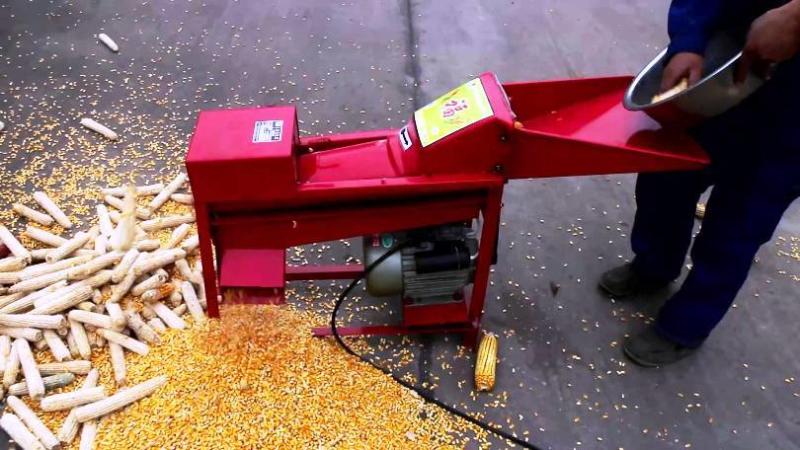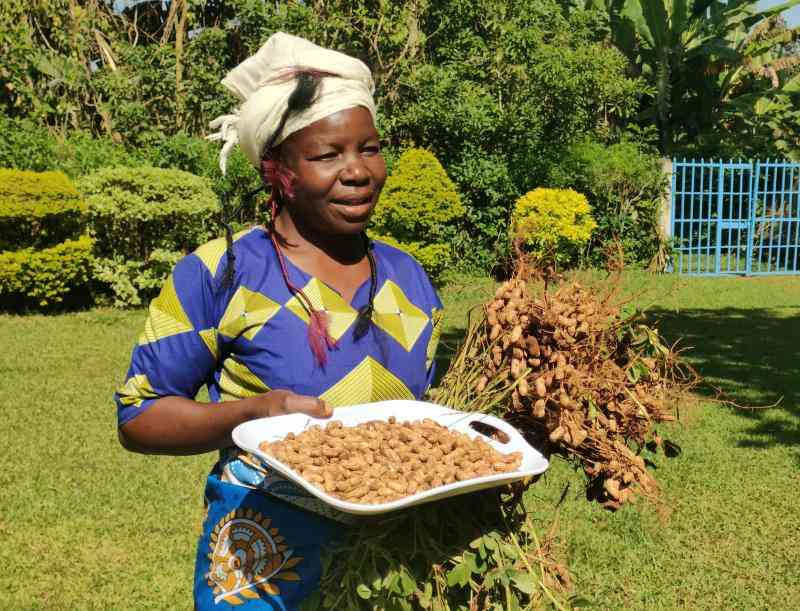
The most important time for any farmer to be present on the farm is at the time to plant and time to harvest. The harvest handling can either make or break the farmer.
Maize farmers all over Kenya are now getting ready to harvest their crop. Part of the harvest handling includes shelling the maize for storage, or sale. How does the farmer choose the right method to shell the maize?
Here are some factors to consider: -
- Scale of production – this is paramount to ensure the required sheller can cope with the harvest to avoid losses.
- Ancillary operations like sieving and bagging, since some shellers may carry out some, or all of these.
The cost of the sheller and the associated ancillary operations:
- The hidden market for organic products in Busia
- Azolla: The super protein in animal feed
- Equity secures Sh141m funding for smallholder farmers
- Nakuritis: Why It is unique to Nakuru County
The choice of shelling technique should take into consideration the effective length of the shelling season and of the working day as well.
Getting your maize ready to shell
uneven shelling are the most common shortfalls when using a hammer sheller.
Protective storage bags – have enough storage bags at hand as most of the Power Take Off (PTO) operated shellers in the market will shell, sieve and bag at the same time.
Output limiting factors
- The capacity of the shelling equipment may be affected by the level of moisture in the crop; Efficient shelling is best undertaken after the grain has been suitably dried to a moisture content of 13 to 14 per cent. Though not widely used in Kenya, the use of combine harvesters for the shelling of maize in the field before it is sufficiently dried can result in high damage rates of the grain of up to 20 per cent.
- size and quality of the cobs and the rate of supply of cobs.
- Another limiting factor would be the availability of skilled labour and how the shelling operation has been planned. Shelling of maize in mills located far away from the point of harvest will considerably increase transport costs. However, there are many occasions where maize is shelled outside the growing area.
- Threshers are used for beans, peas, cow peas as well as maize. In most cases, this will be a bigger implement and the different operations will require different blades, hammers and sieves. However, the set up and operation is similar to the shellers.
A good sheller and thresher should have an in-built cleaning system like a fan, or blower to ensure that the stored grain is free from dust, sand and stones. There are many options currently available including “Made in Kenya” for the farmer to choose from.
Care of the Sheller and thresher
- Ensure before use that you have in the machine the correct sieve for the grain size. Remember most of these shellers and threshers can cope with maize, beans etc.
- Check the belts are not worn out and that they have the correct tension required to drive the augur and blower.
- Ensure the PTO shaft is properly fitted to the machine and greased.
- Operate on a firm, horizontal and flat surface.
- After use, clean the sheller by blowing compressed air to ensure all dust gets out, wipe and apply a protective layer of grease, or oil to all exposed metal to avoid rust.
Store in a covered shed till next harvest.
Gilbert Kirui, technical manager, FMD East Africa, the Massey Ferguson distributors.


